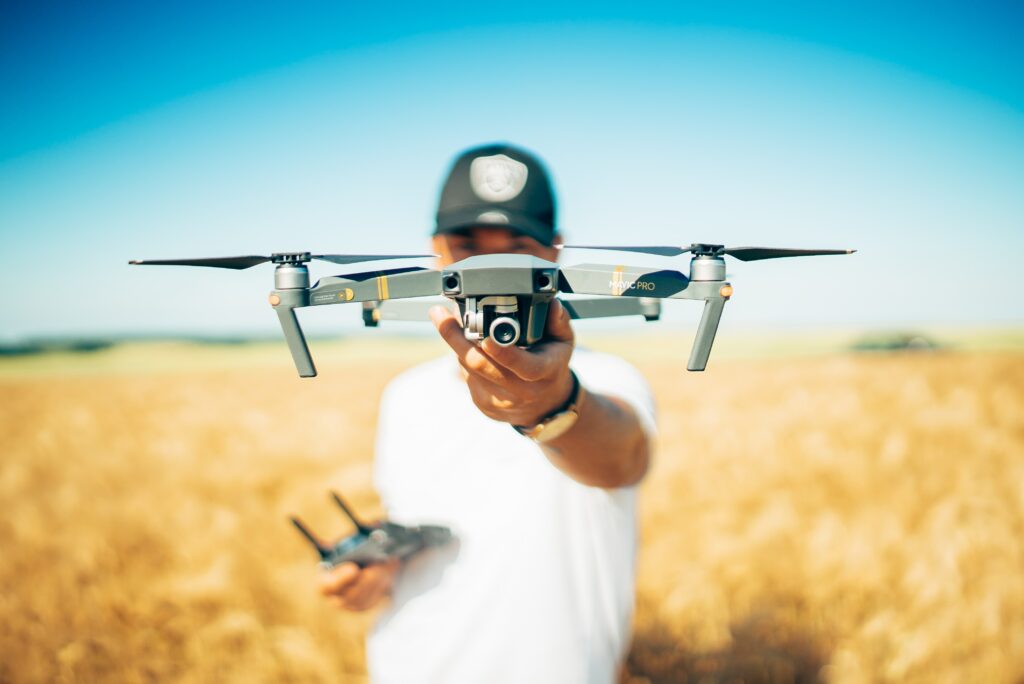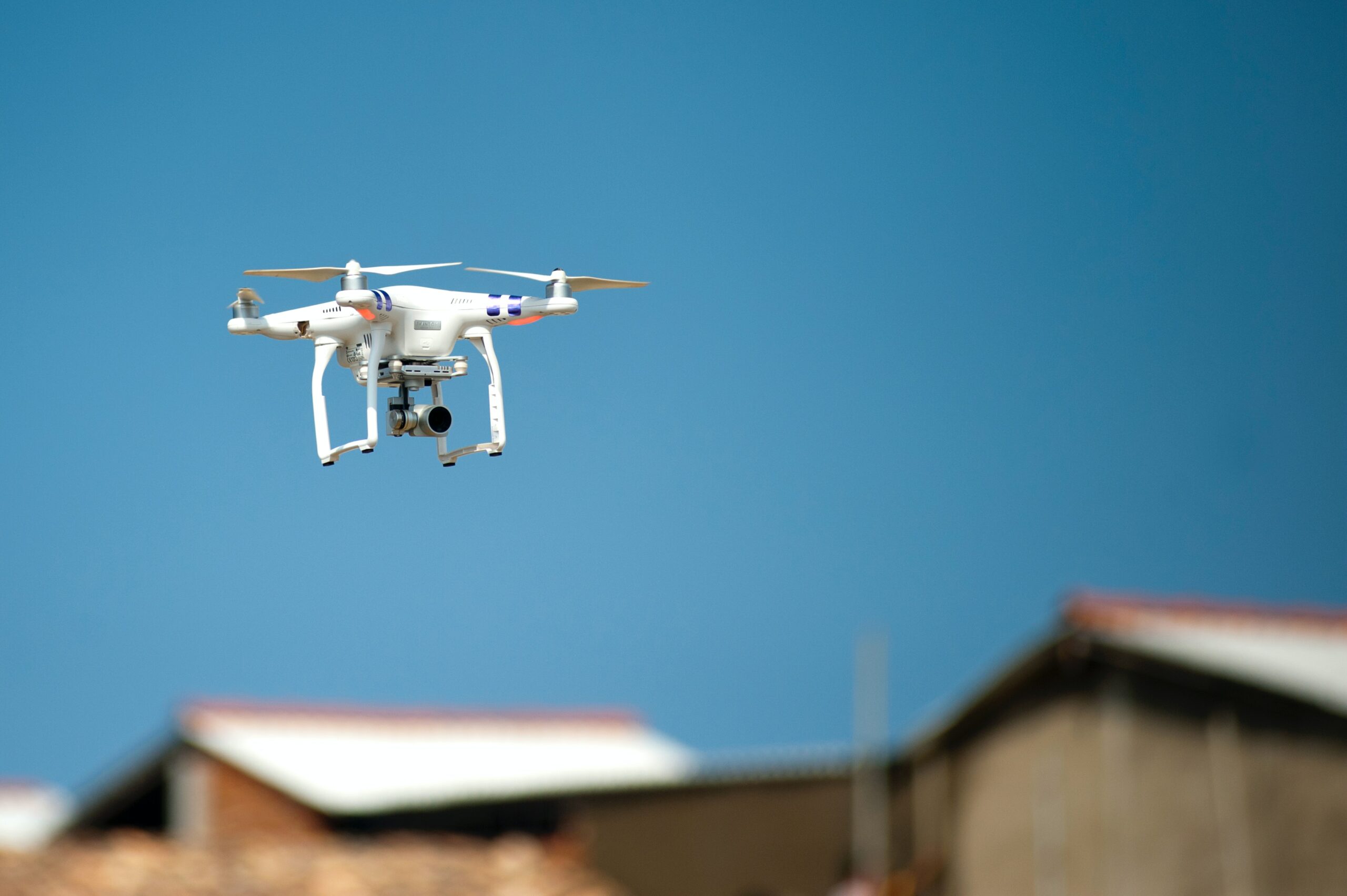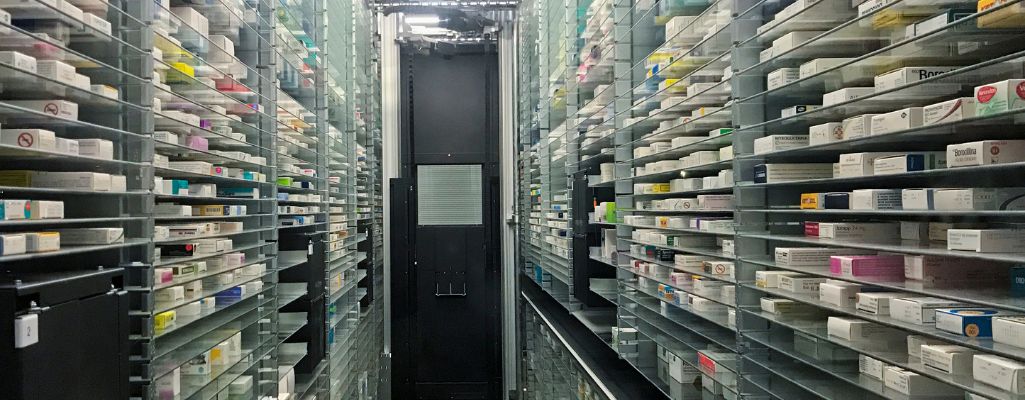La crisis económica a la que se enfrenta este año la Unión Europea, debido en gran parte al alza de la inflación, ha hecho que muchas empresas se encuentren en una batalla frenética por ganar y retener clientes.
Esto ha hecho que empresas de logística y distribución necesiten prestar especial atención a la experiencia del cliente en la compra y recepción de productos. Aquí es donde una experiencia de entrega satisfactoria, parte de la logística de entrega de última milla, se ha convertido en un factor tan importante para el éxito de estas empresas.
Para poder adelantarse a sus competidores, los clientes y las empresas de logística deben conocer las tendencias de última milla e implementar las nuevas tecnologías que van surgiendo para proporcionar un mejor servicio al cliente. Es por eso, que en este artículo te explicamos cuáles son las tendencias de última milla más importantes para este año.
Trazabilidad o Smart Tracking
La mayoría de las empresas de logística están adoptando tecnologías como la inteligencia de ubicación (LI, por sus siglas en inglés) para mejorar sus entregas de última milla. Estas nuevas tecnologías ofrecen funciones como el seguimiento en tiempo real, que mantiene a los clientes informados sobre la ubicación exacta del artículo mientras está en tránsito y asegura la entrega del paquete en condiciones óptimas.
Actualmente, son muchas las empresas que usan la inteligencia de ubicación para proporcionar actualizaciones a los clientes cuando reciben y envían pedidos. Gigantes tecnológicos como Amazon, usan el Smart Tracking para enviar alertas en el móvil cuando los paquetes están a pocas paradas, e incluso mapas que muestran exactamente dónde está el conductor.
Pero el Smart Tracking no solo te ayudará a mejorar la satisfacción del cliente en la distribución de última milla, sino también a gestionar tu flota y controlar el rendimiento de los conductores. La inteligencia de ubicación es un buen ejemplo de cómo la tecnología en la logística contribuye a mejorar la productividad de las empresas y a hacer más eficientes sus procesos.
Optimización de rutas
Las empresas de logística también pueden aprovechar los nuevos software planificadores de rutas de transporte, con sistemas de seguimiento por GPS, para encontrar las mejores rutas de reparto. De esta forma, el conductor podrá realizar entregas más rápidas, seguras y eficientes, en las que el consumo de combustible sea el mínimo.
Optimizar las rutas de reparto no significa encontrar la ruta más corta, sino reducir el tiempo de conducción teniendo en consideración factores como la distancia entre distintas paradas, la capacidad de carga de los vehículos o la cercanía del conductor con el centro de distribución.
Aún existen empresas de logística que realizan la optimización de rutas de forma manual, pero es un proceso muy pesado. Los planificadores de rutas te permitirán encontrar los itinerarios más eficientes teniendo en cuenta numerosas variables como el tiempo, la ubicación o el tráfico.
Almacenes urbanos
Según un informe del World Economic Forum, se espera que las entregas para el mismo día experimenten un crecimiento del 20-40% en los próximos años.
A medida que los clientes empiezan a exigir más entregas inmediatas, las empresas de comercio electrónico tendrán que empezar a construir almacenes última milla más cercanos a la ciudad para acceder de forma instantánea a los productos y realizar entregas rápidas a los clientes.
Los almacenes urbanos no solo disminuyen la distancia de los recorridos en las entregas, reduciendo así los costes de transporte y combustible, sino que también simplificará el trabajo de los repartidores y los trabajadores de almacén.
Para satisfacer esta demanda, no solo se están construyendo nuevos almacenes en ciudades metropolitanas, sino que también se prevé que muchos comercios físicos pasen a convertirse en microcentros de distribución y entrega de pedidos en tienda.

Entregas sostenibles
Impulsadas por la creciente concienciación sobre el rápido deterioro de nuestro medio ambiente y el compromiso de la generación millennial con el desarrollo sostenible, las empresas de logística cada vez apuestan más por políticas que promuevan la sostenibilidad.
Uno de los principales retos de las empresas de logística, es lograr la neutralidad en cuanto a la emisión de gases de efecto invernadero producido por el consumo de combustible de sus vehículos. Modificar los hábitos de pedido de los consumidores también es otro de los retos en sostenibilidad, ya que algunas entregas no necesitan realizarse de forma inmediata. Las opciones de entrega más rápidas suelen ser las que más emisiones de carbono generan.
Para apostar por procesos más amables con el medio ambiente, las empresas de logística ya han empezado la transición al uso de vehículos electrónicos y de material de embalaje reciclado o envases reutilizables.
La predicción de un futuro más sostenible en logística es positiva. Según apuntó un estudio de Capgemini en 2021, un 50% de los compradores frecuentes online solo compra a marcas socialmente responsables con la entrega neutral en emisiones de carbono, el embalaje sostenible (sin plástico) y entornos de trabajo éticos para los empleados de reparto.
Robótica, drones y vehículos autónomos
Con el aumento de los volúmenes de entrega en todo el mundo, especialmente debido al rápido crecimiento del comercio electrónico, las empresas de suministro están buscando formas innovadoras, económicas y eficaces de abordar la entrega de última milla.

Esto ha dado lugar a inversiones y experimentos con nuevas tecnologías, como coches sin conductor, robots de entrega y drones.
En Silicon Valley, ya está en marcha un programa piloto en el que participan Nuro, un vehículo de reparto con conducción autónoma, y grandes cadenas estadounidenses como Domino’s, 7-Eleven, los supermercados Kroger e incluso Fedex.
Estas tecnologías ayudarían a resolver la escasez de conductores de reparto, a la vez que harían posible las entregas 24/7/365. Sin embargo, estas nuevas soluciones de reparto digital aún necesitan la aprobación de los gobiernos locales y someterse a las regulaciones antes de que puedan ponerse en uso.
Conclusión
La distribución de última milla va a cambiar mucho en los próximos años gracias a la tecnología. Tanto si se trata de la optimización de rutas mediante microalmacenes como la entrega a través de drones, las nuevas tecnologías se han vuelto imprescindibles para mejorar la experiencia de entrega.



